“The movie ends just like that, though I’ve often wondered if it was edited for TV. Is there a different ending, one that at least tries to explain what has just happened? Is Diego’s picture on the police wall because he’s a victim, or a suspect? And why, as the camera pulls back and away from the room, does it linger, for just a moment, over some official documents on a detective’s desk, one of which has embossed, on its letterhead, a black star, the very same black star tattooed on the back of Diego’s hand?”
I make a move as if to say it’s time to break but Laing gets up and walks over to the blue velvet throne-chair and comes back to the table with one of the VHS tapes, unmarked. For the first time I think of Laing in relation to that other Lang, Fritz, whose Metropolis had transformed everyone who saw it into detectives of film, and who Edison had referred to either as the German Lang or the American Lang , depending on whether the films in question were made before or after he fled Germany in 1934. Lang, for whom in M and the Mabuse films there was no such thing as truth, only illusions, pitiful illusions, his characters pretending to be one thing when they are in fact another, a duplicity which lasts only so long, until the character betrays himself. Laing brings one of the tapes back to the table.
“In those days,” he says, leaning back in his chair and folding his arms across his chest as if the red cone-like object has somehow renewed in him the stupid, blind confidence of youth, or as if the sun — which is directly overhead now, sending its rays or whatever they are down through the Wisconsin sky — was actually like the sun we had imagined as children. “In those days,” he repeats, “the only way to see David Lynch’s early short films was to start or join a film club, pool resources, and rent them from someplace like Facets in Chicago. It must have been around 1978, or maybe earlier, when they finally arrived, in brown metal canisters stamped — into the metal itself with all the finality of a tombstone — with the words PROJEKTOR CORP. They were the usual suspect early Lynch films: The Alphabet (1968) and The Grandmother (1970). 16 mm prints, threaded through the projector by the president of Radiant Union. Because shipping was free, we had also ordered a third film, from 1948, called The Blood Order . It didn’t star anyone famous. It turned out that after the Lynch films screened, everyone wanted to go outside to talk about them, so I stayed behind and was the only one — no, there was other person who watched it with me, although we never spoke, a girl who should never have been there — who watched The Blood Order .
“It’s in black and white, except for the flashbacks, which are in color. Maybe colorized. An American pilot has crash-landed in a wet field outside a French village and is taken in by a family whose daughter, the pilot comes to suspect, is a Nazi collaborator. She’s beautiful, and not in a movie actress way, but rather in a way that draws attention to the dark circles beneath her eyes and a severe scar that cuts a channel across her chin, and I remember thinking that maybe this was an Italian neorealist film, but it doesn’t make sense that it was set in France and that the dialog was in English. There is a dog with a limp, I remember, that’s poisoned and that dies terribly and melodramatically, clawing at its own stomach and churning up foam, and that’s when the pilot begins to suspect that the daughter is on the Nazi side, and that she has murdered the dog — her own dog from childhood — to prove her allegiance to the Reich somehow.
“There’s a factory that looks like a castle, or a castle that looks like a factory, I think, not far from the farmhouse that shelters the American pilot, and that’s where he and the girl go to have long philosophical conversations (the French girl speaking English in a beautiful, broken, menacing way that suggested she knew English better than she was leading on), conversations about being and time that inevitably turn into Production Code-era love-making scenes that are interrupted by machine-gun fire or the breaking of dawn. The pilot and the young woman fall into deep discussions that touch on the war, of course, but also methods of torture (the girl says her uncle was tortured by the Germans who broke his kneecaps with a hammer that he himself was forced to provide), the indifference of God, Hollywood movies, the persistent and insane theory that Vladimir Lenin and Sigmund Freud are brothers, the poetry of T. S. Eliot, and whether evil is a constant or only something that flowers (they kept using that word, I remember) when conditions are right. These passages of the film are shot in long takes, the camera quietly, almost undetectably, passing through the same space that they share in the factory. They sleep, and the film actually shows them sleeping. It’s remarkable. At dawn, as the factory engines began to ramp up for the day (it was a secret factory where bullets were manufactured for the French Resistance, although I can’t remember how the film conveyed this), the flashbacks begin. In the first flashback, The Blood Order switches suddenly to color, and it isn’t a nostalgic flashback like you’d expect, but a bloody one that shows the slow, methodical slaughter of a pig by two men whose faces are obscured on a farm from what appears to be the American pilot’s childhood memory, although why his dreams are presented in color in the film is never clear. One suspected that the filmmakers were secret experimentalists or avant-gardists subverting the war-movie genre from within.
“Then the screen goes black and we’re brought into the second flashback in full color,” Laing continues. “The film’s aspect ratio shifts and I remember feeling sick and light headed. An open meadow bathed in orange sun, a blue sky, the meadow-grass and wildflowers moving in the wind, and a man on a black horse slowly crossing the meadow from screen left to right, the camera stationary. One thing that’s always bothered me about that scene: it was silent except for what appeared to be a gunshot. At least that’s what I remember from that night, watching the film that no one else wanted to see because it wasn’t by David Lynch. The gunshot. But no corresponding action in the scene. Neither the horse nor the horseman react to the sound, as if it was meant only for the audience, some sort of secret signal from the filmmakers to us.
“After this, the film falls back into the expected patterns: the American pilot, on the mend, begins to suspect with more confidence that the young French woman is a Nazi sympathizer, or even worse an out-and-out collaborator; he lies and tells her that he’s Jewish in hopes of catching a reaction from her, and that his presence at the farm endangers her family; the girl goes out for a walk in the woods in the middle of night, unaware that the pilot watches her from the window of his room. Just then a shot rings out in the forest and, although the pilot’s first thought is that it’s a trap, and that perhaps the girl has indeed seen him watching from the window, he pulls on his wool coat and dashes out into the cool night. For the next several minutes, the film goes black. Instead of images, there is nothing except the sound of the pilot running blind through the night, his labored breathing, his footsteps across the field, the call of an owl. Twice the pilot calls out the girl’s name breathlessly as he runs, until another shot rings out, and the moon clears from behind the clouds. There at his feet is a young man in a torn soldier’s uniform that appears to be German, although it’s hard to tell in the dark, and the uniform from what I could remember wasn’t even World War II era. The soldier grasps his throat, obviously dying from gunshot wounds. In the moonlight, the pilot leans down to listen to the man’s dying words.
Читать дальше
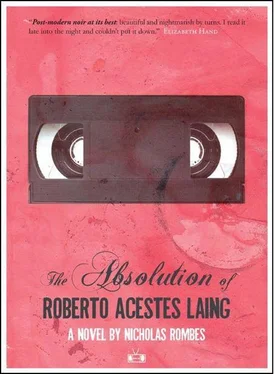
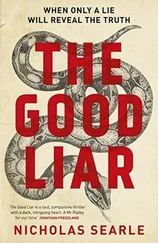
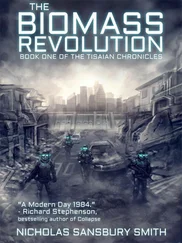
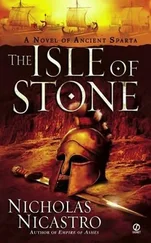
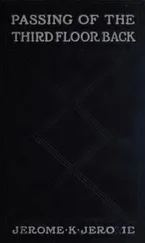

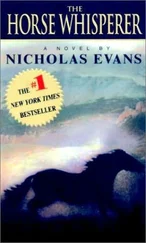
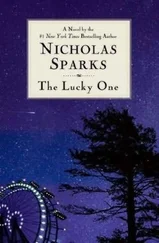
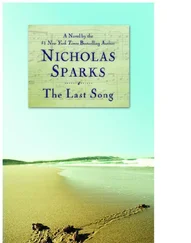
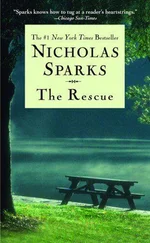
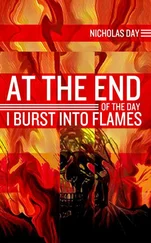

![Nicholas Timmins - The Five Giants [New Edition] - A Biography of the Welfare State](/books/701739/nicholas-timmins-the-five-giants-new-edition-a-thumb.webp)